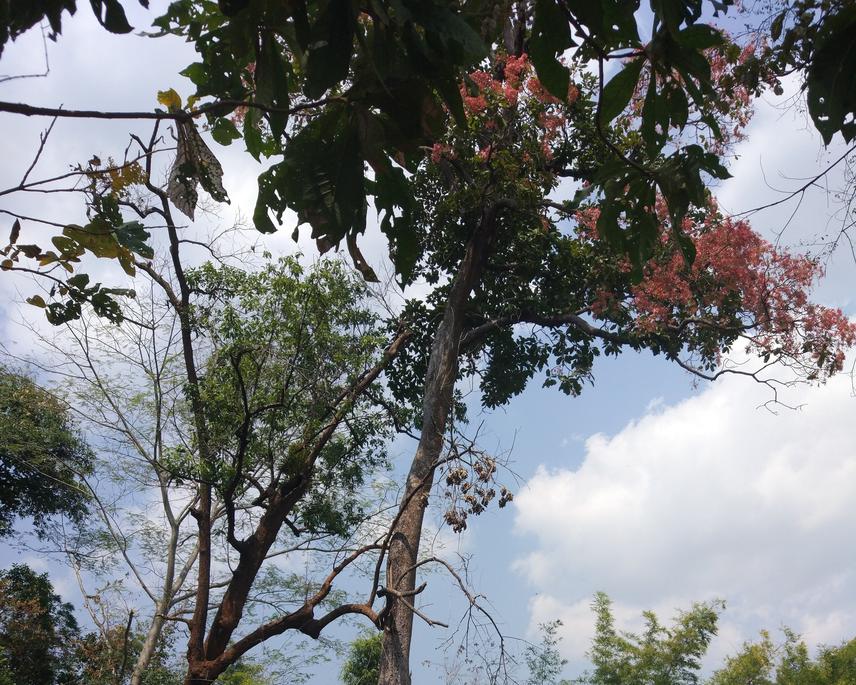Thin Zar Tun
Conservation status of rare species is crucially important for tropical ecology. Mixed deciduous forests cover over half of Myanmar’s land area and these forests have declined at an alarming rate during a few decades back. Scientific information is necessary to investigate rare species conservation to better inform strategies for reforestation and sustainable management of moist upper mixed deciduous forests in Katha District, Myanmar. This project aims to contribute the above statement by conducting a field study in Myanmar. The results will be used to contribute reliable scientific information necessary to improve local forest management and to become a model forest management district at the national level.

Moist Upper Mixed Deciduous Forests are economically the most important forests of Myanmar, as they produce teak and other commercial hardwoods. Floristic composition, structure and natural regeneration of the forests in MUMD forests are critical to known in the present day. Conservation status of rare species in MUMD forests should be accorded in National priority to deal with the extent of forest resources and biological diversity for long-term sustainable goals. Project areas; Phetsut Reserve Forest and Nattaga Reserve forest harbour diverse of flora and fauna and support the wellbeing of the communities around. Despite their importance in supporting natural resources and species diversity, anthropogenic activities have negatively affected the Reserve Forest ecosystem.
Illegal logging, shifting cultivation practices, expansion of agriculture lands, encroachment into forests, indiscriminate cutting of forests, and population growth are all causing the severe environment and ecosystem degradation. The reserve forests are suffering from continued forest damage due to encroachment, selective logging, pole cutting, and intensive charcoal burning. Most of the effects are due to over-dependence on the forest resources for livelihood, illegal activities and lack of conservation education among some communities. One effect of this is the loss of biodiversity in both natural forests and protected areas, sometimes to the point of species extinction especially in the project area.
Investigation of rare species composition especially in the conservation of old growth and secondary forest types can explore plant species diversity indexes of each forest type and compare them with each other to assess the conditions of the forest which is a critical ecological habitat for the endangered species. The project will provide rare species status, stand structure, tree density and natural regeneration of both secondary forest and old growth forest types, critical and more frequent data for forest managers in identifying trends in species diversity, and other impacts on native tree species in MUMD. This project will greatly help in management and conservation of MUMD forests but also can provide scientific information from the conservation of rare species on forests with influence on forest structure, natural regeneration, species composition and forest stand structure and appropriate conservation techniques for threatened species. The project results will contribute to upgrade rare species for effective forest management which attempts to reforestation programme, local forest management practices and aim to become a model at the national level.